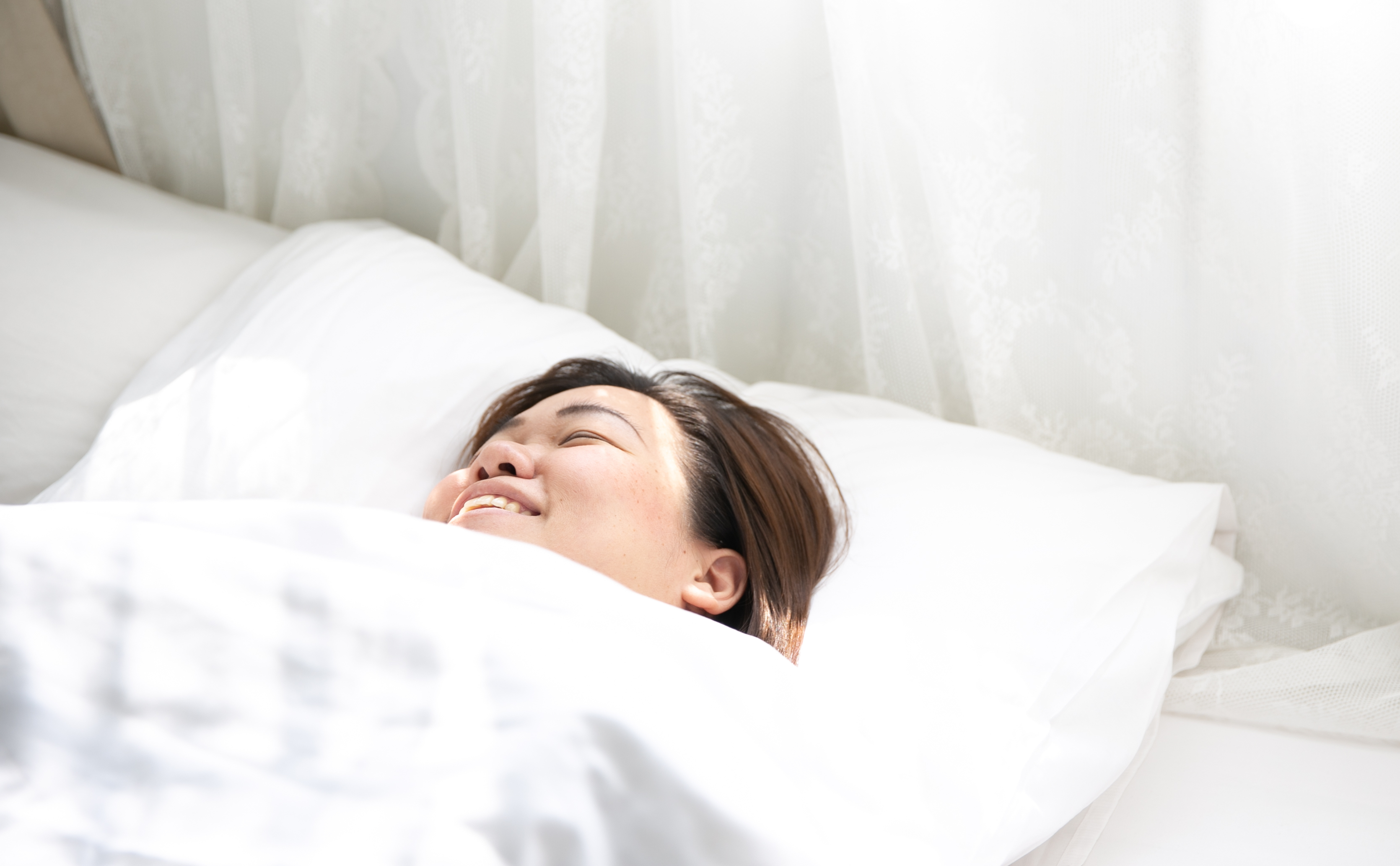It’s well understood and accepted that sleep position, in particular the supine position in which a person sleeps on their back with their face and abdomen facing upwards, is associated with an increase in sleep-disordered breathing.(1)
While over half of all cases of obstructive sleep apnea (OSA) are classified as supine-related, the pathological endotype during supine position is not fully understood. An endotype is a subtype of a health condition, which is characterized by a shared disease process.
To better understand this phenomenon, researchers from Brigham and Women’s Hospital, Harvard School of Medicine, China Medical University Hospital, and Nox Medical teamed up to investigate the endotypic traits of supine predominant OSA and explore the variations in endotypic traits between the supine and lateral positions in Asian patients.
The researchers found that supine predominant OSA is a prevalent phenotype of OSA in southeast Asian patients. Inadequate upper airway compensation appears to be a crucial underlying pathology in patients with supine predominant OSA, according to the recent study, published in the European Respiratory Journal. (2)
The researchers recruited 689 adult patients with OSA from a single sleep center between April 2020 and December 2022. Endotypic traits, namely arousal threshold, collapsibility, loop gain, and upper airway muscle compensation, were derived algorithmically from polysomnography data. (3)
During the study, the researchers cross-sectionally compared demographic and endotypic traits between supine predominant OSA and non-positional OSA. They examined the associations between supine predominant OSA and endotypic traits.
Additionally, they compared the changes in endotypic traits between supine and lateral positions in patients with supine predominant OSA and non-positional OSA.
The results showed that 75.8% of patients were identified as having supine predominant OSA. Compared to non-supine predominant OSA, supine predominant OSA was associated with low collapsibility (β=-3.46, 95% confidence interval [CI]=-5.93 to -1.00) and reduced compensation (β=-6.79, 95% CI=-10.60 to -2.99).
When transitioning from the lateral to supine position, patients with supine predominant OSA had a substantial decrease in compensation compared to those with non-supine predominant OSA (-11.98 versus -6.28%eupnea ventilation).
To read the study, visit the European Respiratory Journal’s website.
References:
- Joosten SA, O’Driscoll DM, Berger PJ, Hamilton GS. Supine position related obstructive sleep apnea in adults: pathogenesis and treatment. Sleep Med Rev. 2014 Feb;18(1):7-17.
- Cheng WJ, Finnsson E, Ágústsson JS, Sands SA, Hang LW. Endotypic traits of supine position and supine-predominant obstructive sleep apnea in Asian patients. Eur Respir J. 2024 Jan 11:2301660.
- Finnsson E, Ólafsdóttir GH, Loftsdóttir DL, Jónsson SÆ, Helgadóttir H, Ágústsson JS, Sands SA, Wellman A. A scalable method of determining physiological endotypes of sleep apnea from a polysomnographic sleep study. Sleep. 2021 Jan 21;44(1):zsaa168.
Topic: Industry News





